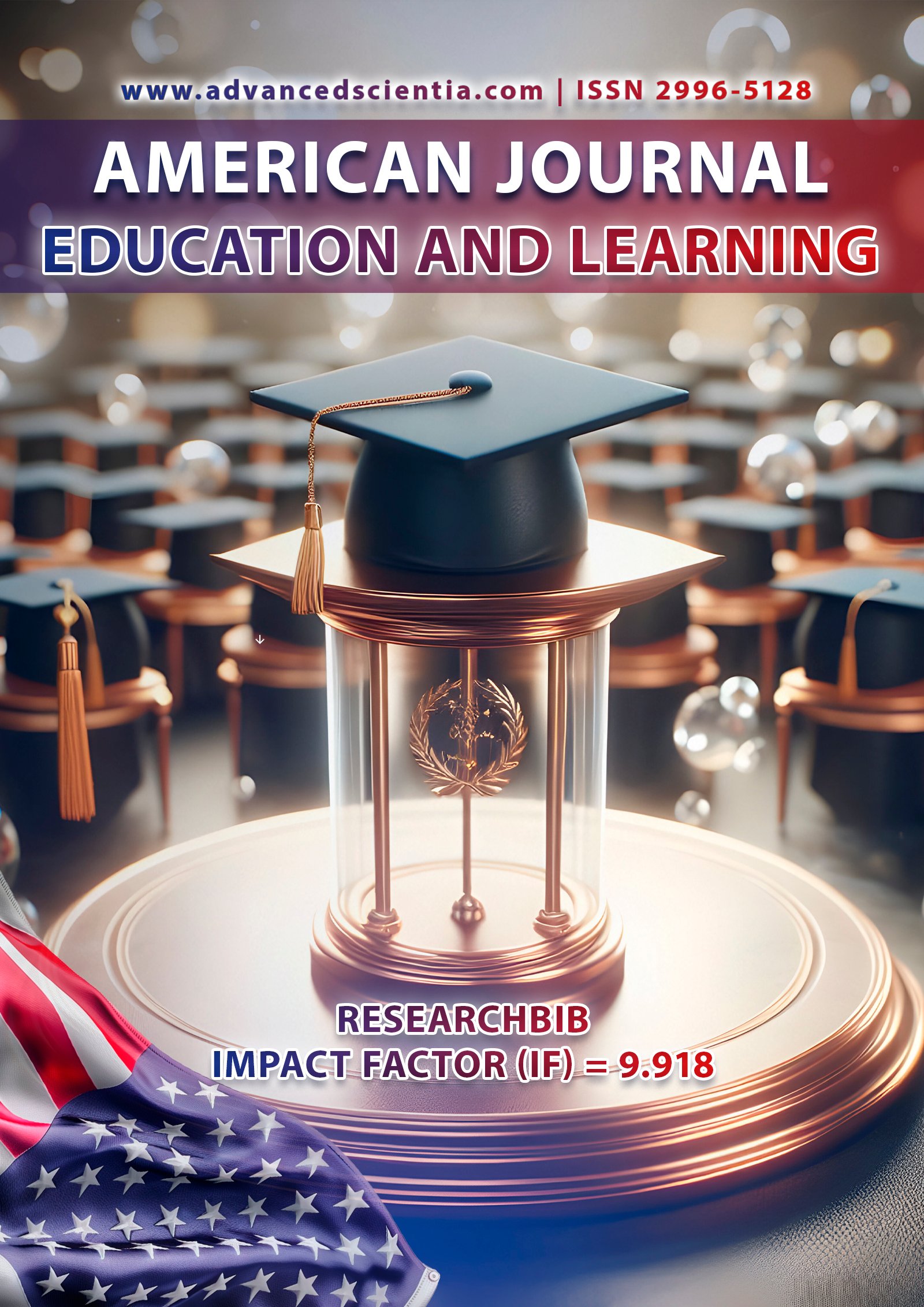MULTI-POLAR WORLD: IMBALANCE OF FOREIGN POLICY OF THE US, RUSSIA AND CHINA IN SOLVING REGIONAL CONFLICTS.
Abstract
This scientific exploration delves into the intricate dynamics of a multi-polar world, focusing on the evident imbalances in foreign policies pursued by major global players – the United States, Russia, and China – specifically concerning regional conflict resolution. The theoretical foundation establishes the concept of a multi-polar world, emphasizing its historical evolution and the pivotal role foreign policy plays within this framework. The article critically examines the foreign policies of the US, Russia, and China, utilizing case studies to elucidate their approaches and influence in various regions. By conducting a comparative analysis, the study identifies significant imbalances in the strategies employed by these nations, dissecting their implications on global stability and regional conflicts. Further exploration includes an in-depth discussion of challenges posed by these imbalances, potential opportunities for collaboration, and recommendations for policy adjustments to foster a more balanced multi-polar world. The article concludes by offering insights into future prospects, predicting global geopolitical scenarios and emphasizing the imperative of international cooperation in shaping a stable global order.
References
1. Huntington, S. P. (1993). "The Clash of Civilizations?" Foreign Affairs, 72(3), 22-49.
2. Keohane, R. O. (2005). After Hegemony: Cooperation and Discord in the World Political Economy. Princeton University Press.
3. Nye, J. S. (2011). The Future of Power. PublicAffairs.
4. Posen, B. R. (2014). Restraint: A New Foundation for U.S. Grand Strategy. Cornell University Press.
5. Walt, S. M. (2018). The Hell of Good Intentions: America's Foreign Policy Elite and the Decline of U.S. Primacy. Farrar, Straus and Giroux.
6. Tsygankov, A. P. (2013). Russia's Foreign Policy: Change and Continuity in National Identity. Rowman & Littlefield.
7. Mankoff, J. (2009). Russian Foreign Policy: The Return of Great Power Politics. Rowman & Littlefield.
8. Johnston, A. I. (2003). "Is China a Status Quo Power?" *International Security*, 27(4), 5-56.
9. Zhao, S. (2013). "China and the World: Balance, Bandwagon, or Contain?" Journal of Contemporary China, 22(80), 29-49.
10. Callahan, W. A. (2016). China Dreams: 20 Visions of the Future. Oxford University Press.
11. Myers, S. L. (2015). The New Tsar: The Rise and Reign of Vladimir Putin.
12. Lo, B. (2015). Russia and the New World Disorder.
13. Brose, C. (2020). The Kill Chain: Defending America in the Future of High-Tech Warfare.
14. Bacevich, A. J. (2008). The Limits of Power: The End of American Exceptionalism.
15. Kissinger, H. (2011). On China.
16. Belton, C. (2020). Putin's People: How the KGB Took Back Russia and Then Took On the West.
17. Pomfret, J. (2016). The Beautiful Country and the Middle Kingdom: America and China, 1776 to the Present.
18. Pillsbury, M. (2015). The Hundred-Year Marathon: China's Secret Strategy to Replace America as the Global Superpower.
19. Williams, W. A. (1988). The Tragedy of American Diplomacy.






















